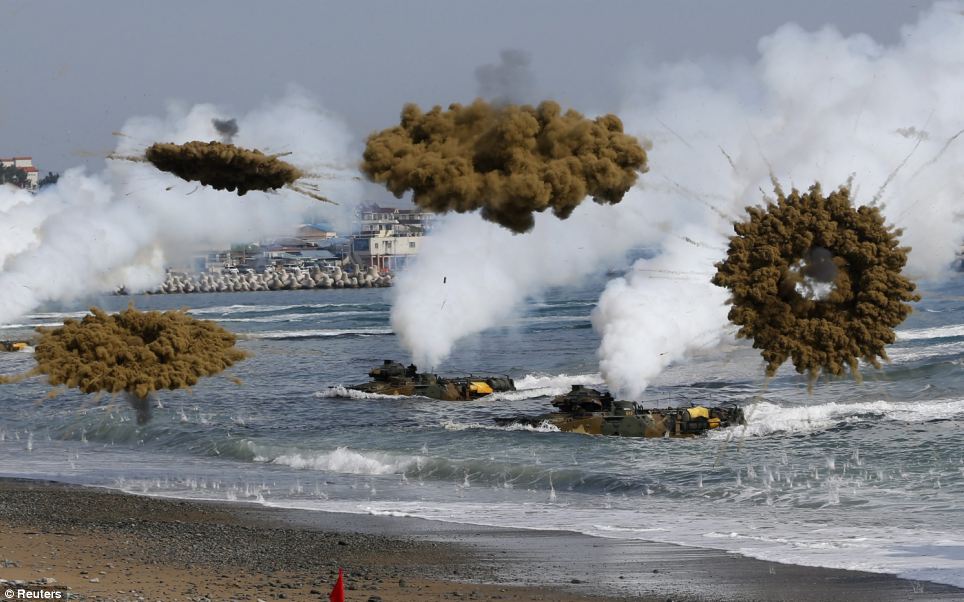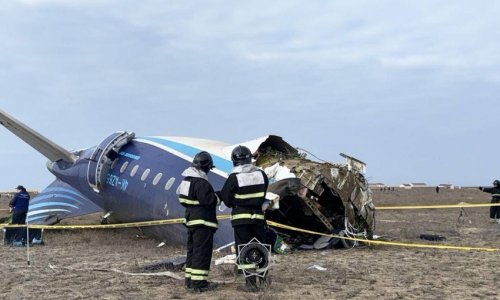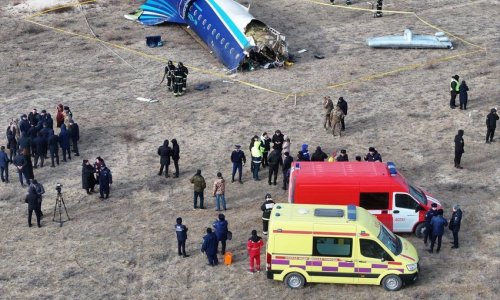The heated artillery exchange was prompted by an unusual warning fax sent from the North to the South, informing them of their live-fire drill.Though it is not unusual for the reclusive nation to practice at sea, South Korean officials were alarmed by the alert, which they claim 'indicates their hostile intention'.It comes just days after Kim Jong Un's reclusive nation threatened to launch a 'new form' of nuclear power tests - and coincidentally during the annual South Korea-US military practice, which North Korea dubs a rehearsal for invasion.According to South Korean military officials, the North fired more than 500 rounds during a three-hour drill - 100 of which crossed the border.The South fired back 300 rounds from its K-9 self-propelled howitzer batteries, and scrambled F-15 jets.Residents on the South Korean island of Yeonpyeong, located in the battle-stricken Yellow Sea, were evacuated to shelters during the exchange.The Northern Limit Line, a maritime border that wraps itself round a part of the North's coastline, has been the scene of frequent clashes.In 2010, two civilians and two marines on the island were killed by North Korean military during a border dispute. The North claimed it was provoked by South Korean military exercises.Earlier that year, 46 people died off the coast of nearby Baengnyeong island after a warship sank. South Korea claims it was gunned down by the North, which their rival neighbour denies.'The fact that they have sent such a message to us indicates their hostile intention.' said Wi Yong-Seop, a spokesman for the South Korean Defence Ministry.'The aim is to threaten us and rack up tension on the Yellow Sea border and the overall Korean Peninsula,' he said.The message, faxed to South Korea's Second Fleet headquarters at 8am local time, warned officials to control their vessels in the tensely-guarded western sea as they would be conducting live-fire drills later in the day, officials said.It stated that all action would be north of the Northern Limit Line (NLL), but did not specify what time it would take place.Seoul officials claim the move is an expression of Pyongyang's frustration at failing to win outside aid in recent weeks despite numerous attempts.And since the UN published a report early this month accusing Kim Jong-Un of war crimes akin to Nazi Germany, the reclusive nation has increased threatening rhetoric and conducted a series of rocket and ballistic missile launches.This weekend, tensions rapidly intensified. On Saturday, North Korea also accused the South of 'gangster-like' behaviour by 'abducting' one of its fishing boats and threatened to retaliate. The South said it had sent the boat back after it drifted into its waters.Hours later, Pyongyang threatened to conduct a fourth nuclear test at some point. After the North's warning fax early this morning, South Korea responded that it would react strongly if provoked.North Korea blasted the response, with one military official Yun Jong Bum telling the North's official news agency: 'The boneheads appear to have completely forgotten the fact that Yeonpyeong island was smashed by our military's bolt of lightning a few years ago.'There were no specific targets during this morning's exchange, and no shells from either side were fired at any land or military installations, claimed an official with South Korea's Joint Chiefs of Staff.The Northern Limit Line was drawn up at the end of the 1950-53 Korean War - and North Korea does not recognise it.The two sides are still technically at war as the conflict ended in a mere truce, not a treaty.'It's up to the two militaries either to recognise or reject their own claimed line, and challenge the other's - this goes back and forth, so this is probably another episode of that,' said Daniel Pinkston of the International Crisis Group.Earlier in 2010, a South Korean naval vessel was sunk close to the line by what an international commission said was a North Korean torpedo, although the North denies involvement.Today, Kang Myeong-sung, a resident speaking from a shelter on Yeonpyeong island, which is in sight of North Korean territory, said that anxious islanders were huddled together in shelters. Kang said he didn't see any fighter jets, but he could hear the boom of artillery fire.It is not the first time conflict has broken out during the South Korea-US military drills, which the North calls a rehearsal for invasion. The allies say they're routine and defensive.Last spring, tension spiked after a near-daily barrage of North Korean threats, including warnings of nuclear strikes against Seoul and Washington, following international criticism of Pyongyang's third nuclear test in February of that year.But the North has gradually dialed down its threats and sought to improve ties with South Korea in what foreign analysts say is an attempt to lure international investment and aid. There has been no major breakthrough in the North's reported push to win outside aid, however, with Washington and Seoul calling on the North to first take disarmament steps to prove its sincerity about improving ties, analysts say.The North Korean live-fire drills and the country's hints at a nuclear test are meant to express anger and frustration over what the North sees as little improvement in progress in its ties with South Korea and the US, said Lim Eul Chul, a North Korea expert at South Korea's Kyungnam University. Lim said the North might conduct a fourth nuclear test and launch other provocations to try to wrest the outside concessions it wants.The Korean Peninsula remains in a technical state of war because the 1950-53 Korean War ended with an armistice, not a peace treaty. About 28,500 American troops are deployed in South Korea to deter potential aggression from North Korea.(dailymail.co.uk)ANN.Az
South Korea exchanges artillery with North Korea - PHOTO
World
22:09 | 31.03.2014

South Korea exchanges artillery with North Korea - PHOTO
South Korea has fired shells into North Korean waters after their rivals sent more than 100 rounds below the disputed sea boundary during a live-fire drill.
Follow us !










